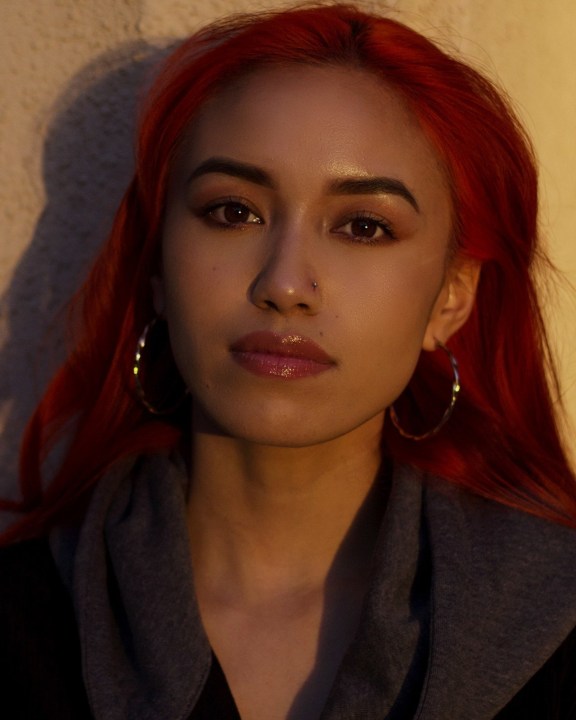If you’re thinking about getting into portrait photography, then you’ve made a wise choice. Capturing people’s portraits requires some technical skill coupled with an artistic touch. It’s the perfect hobby or profession for people that can’t quite answer the “are you left or right brain?” question.
While there’s plenty of intuition involved with photography, there are also some simple tips to follow that will get you started. These tips will allow you to avoid the common pitfalls many budding photographers find themselves falling into.
1. Invest in a DSLR camera
The newest Samsung, Google and Apple smartphones have gorgeous cameras that, using clever algorithms and post-processing, will take intriguing photos of your subject. And it’s great to have a camera phone on hand for those impromptu moments you just need to capture.
But for great portrait photography, it’s suggested that you invest in a DSLR (digital single-lens reflect) camera. These cameras will run you a few hundred dollars. But, even entry-level cameras like the Nikon D3500 and the Canon Rebel series will give you plenty of versatility while making your photographs look clean and professional. This is before you even do any processing. You will also need high-quality lenses. For example if you did invest in a Canon Rebel starter camera, getting lenses for the Canon Rebel T6 or Canon Rebel T7i.
2. Don’t be afraid to use your phone

This tip may be counter to the previous one, but it’s good to remember why you’re taking photographs in the first place. You’re trying to develop a sense of style while capturing moments in time. You’re telling visual stories. What you’re taking photographs with shouldn’t be that much of a hindrance to you if what you’re capturing is thought-provoking.
Smartphones have great cameras. On photoshoots, you may even want to take shots on your phone as well as your DSLR. They’re going to give you completely different results and it will help you appreciate both pieces of technology as tools in your photographic arsenal.
3. Stop using your camera’s built-in flash
You’re in the game of taking portraits. Nothing is more than important to your composition than how you light your subject. While the flash that comes with your camera (or camera phone) is just fine in certain circumstances, it’s not going to do you any favors when you’re shooting someone’s portrait.
Instead, invest in a speedlight and place it in a 45/45 position (45 degrees ahead of your model, facing 45 degrees downward). This will give you a more versatile and natural light.
4. Try a continuous light source

Your flash is meant to emit a bright and brief burst of light on your subject matter. With that said, it might not be the best lighting option for your particular situation. Luckily, there are other options out there that may give you even better results.
Continuous light can give you even more control of your composition. It can be positioned in exactly the manner you’d like it, and the results are easy to observe and control. With portrait photography, natural light can be a great source, especially during golden hour when the sun just begins to set.
5. Go manual and fine tune your focus

If you’re a professional, it’s best to switch off all of the automatic controls that come with your camera. Doing so may be a challenge at first, but it forces you to truly understand the technology you’re working with. And once your camera feels like a third appendage, you’ll have precise control over every small detail, giving you greater results than if you let your camera’s software shoulder the burden.
Manual focus is the difference between “pretty much in focus” and “completely in focus.” Only a well-trained human eye can decide what their focal point is and that it’s 100% in focus. Beyond that, sometimes you’re not looking for “robotically perfect” results, which is what automatic functions on your camera will give you.
6. If possible, use a remote shutter control
Some portrait photography takes a grittier, “guerilla-style” approach, which necessitates dynamic use of your camera. But for a lot of portrait photography, you should try using a tripod so you can truly control the direction of your photo’s composition.
Tripods are great tools for taking photographs without any of the shakiness that handheld photography will give you. But did you know that the simple act of pushing the shutter button on your camera will introduce enough shaking to make your photographs blurry? That’s why remote shutter controls are used by pros — it allows them to take photos without ever touching the camera. It’s a great took for all kinds of photography, not just portraits.
Portrait photography rules need to be learned to be broken
Great photos aren’t taken because the photographer had expert knowledge of their camera or even the best camera. Intuition controls much of your success as a photographer. After all, photography is an art form. And as with all forms of art, the value of what you produce isn’t quantified so much by technical skill as it is an array of thoughts, feelings and flourishes that sometimes can’t even be described.

Taking great portrait photographs will become easier if you understand the basic principles. Rules are meant to be broken — but they first need to be learned. Portrait photographer requires a fundamental understanding — sometimes the rules we follow as photographers aren’t completely intuitive.
I hope you enjoyed this guide for beginners. If you are looking for the best beginner cameras, also check out this post.
Whether you follow these tips or not, it’s great to have them to refer back to in those moments in the studio when something’s not quite working. Those “aha!” moments are sometimes the difference between a bad day of shooting and a great one.
Tell your story with the second annual Visual Storytelling Conference!
Experience four days of interactive, online training sessions featuring a range of educational content with experienced photographers and content creators. This free event kicks off with a series of technical boot camps to build essential skills, followed by live, online sessions on photography, video, business and social media. Join live from March 10-13, 2022!
